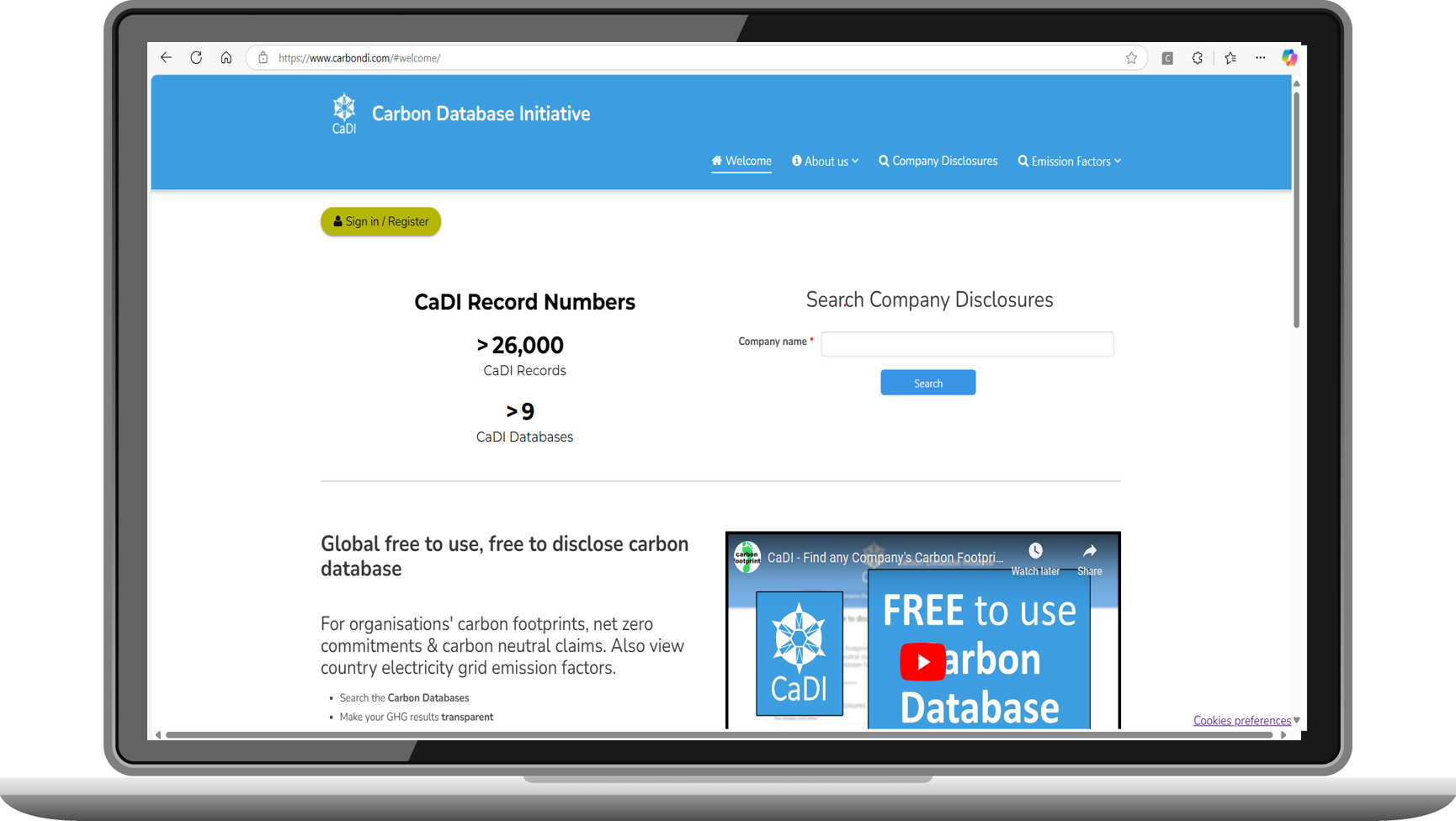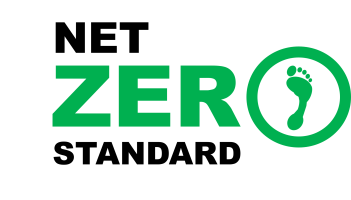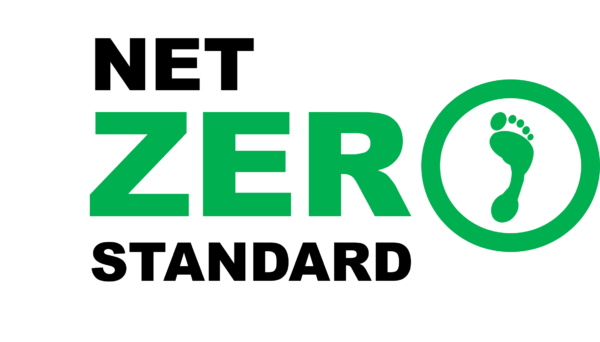Supporting you on your Net Zero journey
–

Carbon Database Initiative (CaDI)
- Transparency: Publish your organisations emissions and Net Zero targets.
- Informed Decisions: Empowering consumers with environmental insights.
- Business Support: Assisting companies in emissions assessments and benchmarking.
- Emissions Factors: Providing emissions factors for Scope 2 and 3 reporting

CRISP Carbon Offset Ratings

Support from our Team of Experts
Get in Touch
- info@netzerostandard.org
- +44 1256 592599
- c/o Carbon Footprint Ltd, The Net Zero Standard, Belvedere House, Basing View, Basingstoke, Hampshire, RG21 4HG, UK
Frequently Asked Questions
Explore our answers to common inquiries about the Net Zero Standard and how it can benefit your organisation.
The Net Zero Standard (NZS) is a tiered certification standard that provides a framework for companies to set, achieve, and demonstrate progress towards net-zero greenhouse gas emissions.
Participating in the NZS allows your company to demonstrate climate leadership, enhance credibility, drive continuous improvement, gain a competitive advantage, and contribute to a sustainable future.
The NZS has six levels of certification:
- Level E1: Essential Net Zero Targets – Set
- Level C1: Comprehensive NZ Targets – Set
- Level E2: Essential NZ Targets – On Track
- Level C2: Comprehensive NZ Targets – On Track
- Level E3: Essential NZ – Achieved
- Level C3: Comprehensive NZ – Achieved
Targets must be science-based, aligned with limiting global warming to 1.5°C, and cover all relevant emission sources (Scope 1, 2, and 3).
The NZS requires a minimum reduction of 45% in absolute emissions by 2030 (from a 2015 or later baseline year) and net-zero emissions by 2050. You can also refer to the latest IPCC reports and relevant sector-specific guidance for further information on 1.5°C-aligned pathways.
The NZS prioritizes absolute emission reduction targets. However, intensity-based targets can be used if they are accompanied by a commitment to absolute emission reductions in the long term.
Offsetting can be used whilst on the journey to Net Zero to help compensate for emissions already created, and to support climate change solutions around the world.
Carbon Offsetting, through carbon removal can be used for residual emissions after achieving significant (>90%) emission reductions. The NZS encourages the use of high-quality offsets that meet stringent criteria.
The NZS requires companies to achieve a minimum of 90% reduction in emissions from their baseline year before using carbon removal offsetting to achieve net zero.
Choose projects that are certified by a carbon crediting program that adheres to the ICVCM Core Carbon Principles (CCPs). The NZS recognizes carbon credits issued by programs that have been assessed and deemed CCP-eligible by the ICVCM.
Certified companies can use the official NZS logos associated with their certification level on various communication materials, following strict guidelines.
Yes, you can use the NZS logo on product packaging, provided that the product or service is directly related to the company’s net zero achievements and the logo does not potentially imply the product or service as being net zero or carbon neutral.
Companies can initiate the certification process by submitting an application form, which can be found on the NZS website. The application includes company information, the desired certification level, emissions profile and evidence, existing climate commitments, statement of targets and a declaration of compliance to the NZS.
The total time for achieving certification can vary, but it typically takes several weeks from the initial application to the final decision.

